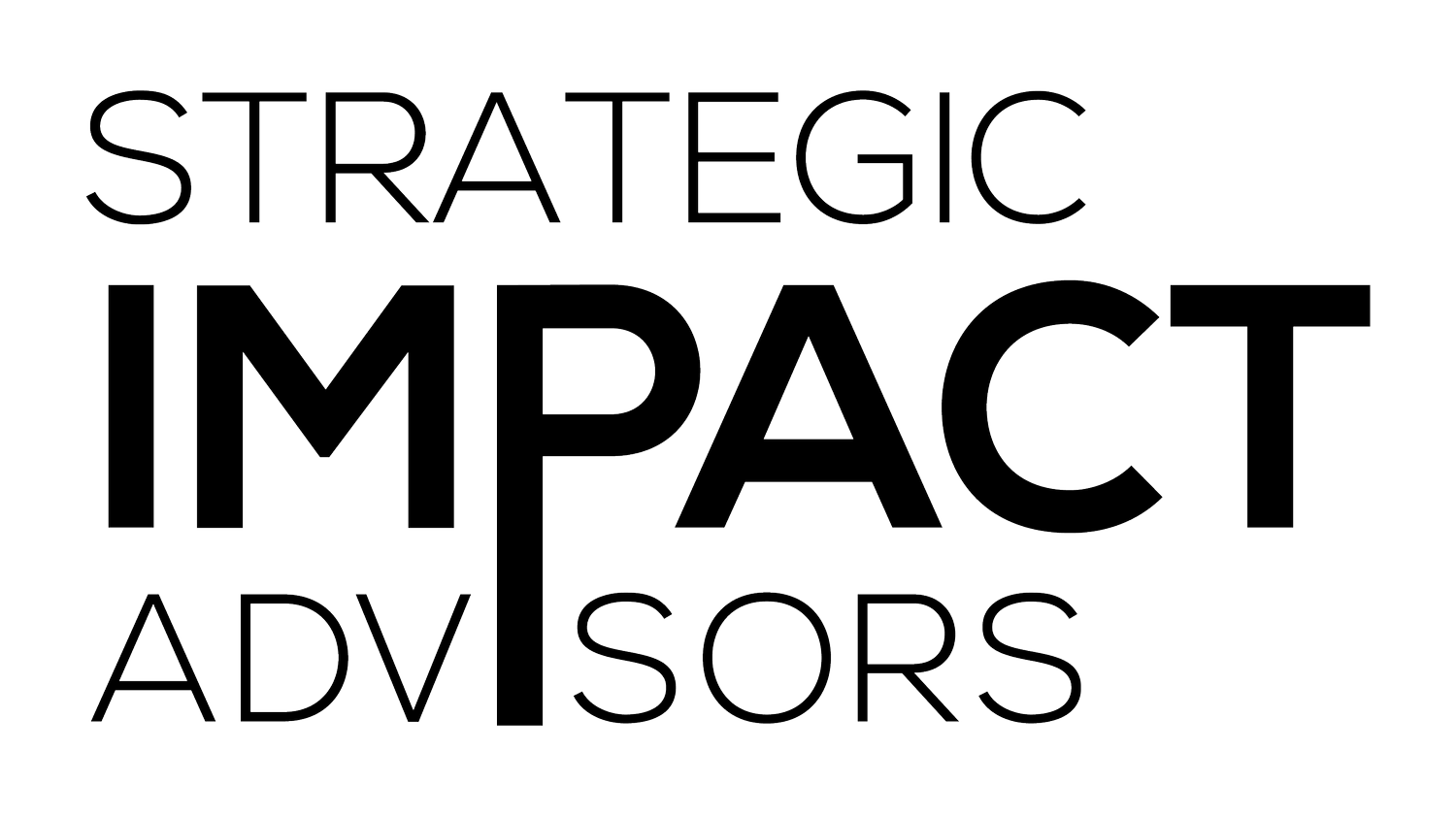Operating at intersections of digital transformation & commerce during COVID-19
Operating at the intersection of digital transformation has become a deal breaker for many organizations trying to navigate the coronavirus pandemic, both in commercial and development spaces. Many organizations are increasingly blending physical and digital attributes to deliver customer solutions and developmental impact. This has required the ability to manage with a set of competencies that may seem diametrically opposed to each other on the surface, but are critical for long-term commercial success.
Levels of mobile money and merchant acceptance have advanced since lessons learned from the 2014-2016 Ebola outbreak. Strategic Impact Advisors’ work in Liberia and Sierra Leone exposed the weakness of digital financial service ecosystems during a crisis when remote interactions powered by digital channels were needed most. The COVID-19 pandemic provides a stronger catalysis for many organizations (and even countries at large) to strengthen their digital ecosystems to better meet both immediate and long-term needs. Businesses in Uganda are increasingly adopting contactless payment methods like cards (Mastercard, UnionPay, VISA and Verve), bank-to-bank transfers, and P2P transactions. Some businesses that remain open, such as pharmacies, markets, and beverage distributors, have blended digital tools to deliver customer solutions. MNOs and financial institutions are providing waivers on mobile money as well as bank-to-wallet transfers to encourage payment via digital platforms.
Recommendation: We need to invest in supporting merchant acceptance of contactless payments and work to increase digital payment flows to keep merchants and consumers safe.
Digital leadership requires technical and managerial acumen. Leaders in the digital transformation space not only need to understand the virtuous circle of activities that start with delivering customer outcomes or development impact, but must also manage at the intersection of digital skill sets that historically have been held by a combination of people, not a single individual. In the past, financial institutions or mobile networks engineers and managers tended to have competencies in either software or other managerial skills — not both. Leaders were either good at managing small environments or in managing large-scale complex projects or global companies with highly-matrixed organizational structures — not both. Digital transformation leaders need to be able to navigate with the best skills and competencies of both worlds in order to deliver outcomes that meet the short and mid-term needs of customers.
Recommendation: We need to invest in the development of new skill sets, competencies, and alternatives models for leaders to be able to manage and understand deep domain knowledge of the digital ecosystem. Competencies should span across multiple functions and multiple organization units in order to deliver long-term success.
Attention must be paid to digital tools in agriculture value chains to strengthen commercial markets. Agriculture is the backbone of Uganda’s economy, and digital transformation is a greater core component given the backward and forward linkage of agriculture to other sectors, like transportation, communications, and manufacturing. This is a time when organization leaders across all industries need to operate with the intersection of digital transformation at the center of their commercial or developmental operations. In the times of COVID-19, we have seen a rise of fintech companies blending physical and digital attributes in their operational processes to deliver customer solutions.
Agri-techs in particular are currently at the forefront of delivering agricultural information services, creating market access for food commodities across the country. This has required a blend or linkage of different sectors like transportation, communications, and (most importantly) the integration of digital payments. Notably, most of these agri-techs are using digital channels like mobile apps, which are only compatible with smartphones. The downside to this is a common misconception of these emerging agri-techs: that smartphone penetration rates are indicative of the total available market of digital commerce users.
While smartphone adoption is necessary, it’s not the only condition required for the adoption of digital agri-tech solutions. Smartphones as a technology do not mitigate issues of trust associated with migration from the use of traditional to digital tools in different processes across agriculture value chains. To achieve sustainable usage of digital platforms through smartphones, users would need to have different experiences over time, and for many in Uganda and in other emerging markets, that has yet to happen due to complex nuances in mobile phone (analog and smartphone) parity, coupled with other factors like degree of agency and digital literacy of different agri-value chains actors, as well as linked sectors. Over time, leaders will need to nail innovative model impact and articulate proof-level solutions to warrant long-term expansion and broader adoption of digital tools.
Recommendation: We need to employ easily “accessible and usable” customer-centric digital technology and mobile channels to deliver financial services and market access, and facilitate the broader digital transformation across different sectors interlinked to agriculture.
Leverage digital tools in agriculture through e-learning and lessons from humanitarian use of digital payments. In 2018, SIA designed an online course for Digital Frontiers Institute around digital financial and non-financial solutions for smallholder farmers in developing economies. As an alumnus of the institute myself, I have realized that many leaders at the forefront of digital financial services or transformation need to simultaneously exploit existing opportunities with current digital models while exploring new opportunities in parallel. All leaders and organizations need to innovate in order to stimulate renewal and growth. Empowering digital leaders to organize and create cultures that can manage both for the present and the future at the same time is key. At SIA, we believe that global collaboration and knowledge-sharing across sectors is especially vital in times of crisis, to facilitate effective emergency response and recovery. Leaning on our experience and past work at the intersection of humanitarian assistance and digital financial services is key.
Recommendation: At this time, we are committed to helping our colleagues find solutions to advance digital inclusion and deliver digitized aid. We are sharing relevant resources webpage and tools to assist in navigating the COVID-19 crisis and are encouraging others to share and look for emerging best practices.
